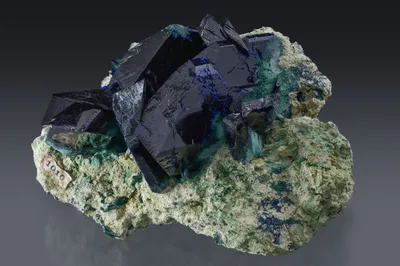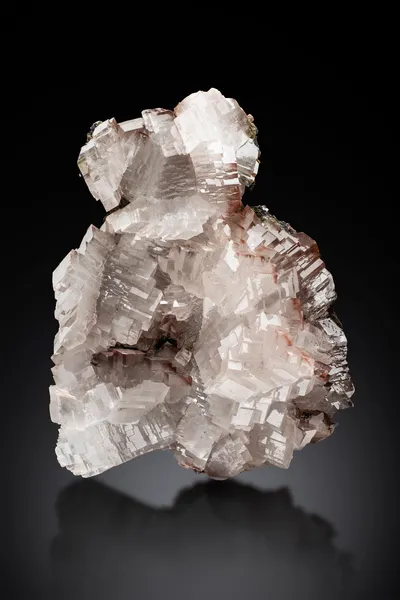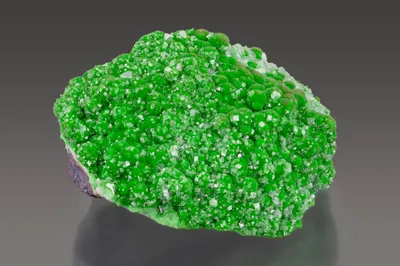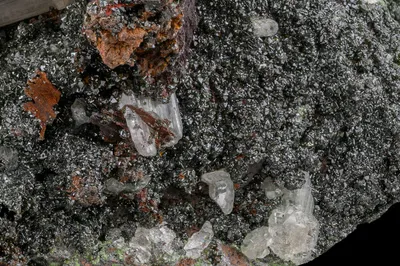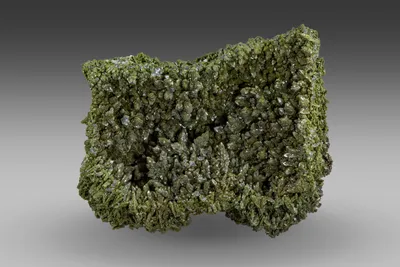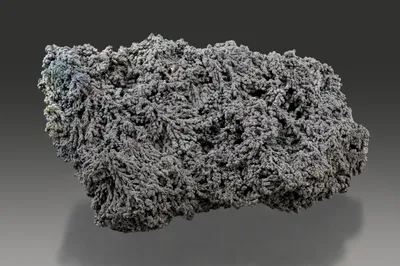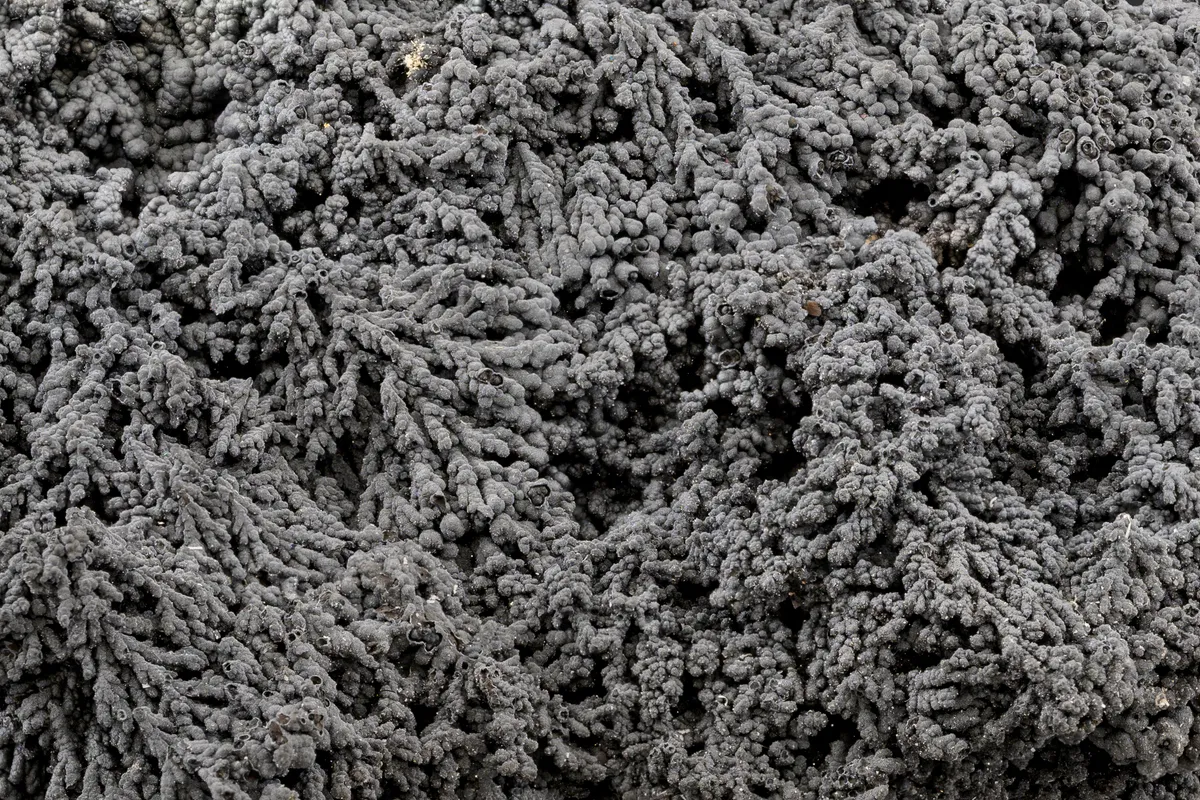
Image Credit: NULL
Title
coronadite
Composition
Pb(Mn4+6 Mn3+2)8O16
Crystal System
Monoclinic
Status at Tsumeb
Confirmed
Abundance
Somewhat rare
Distribution
Undetermined
Paragenesis
Supergene.
Type Locality
No
Entry Type
Species TSNB96
General Notes
Coronadite occurs as black coatings, porous masses, and vermiform or botryoidal aggregates, sometimes in admixtures with other manganese oxides.
Pinch and Wilson (1977) described massive grey to black botryoidal masses and crusts of coronadite on dolomite.
Keller (1984) notes that manganese oxides (including coronadite) occur as porous masses in highly decomposed ore and often as coatings associated with calcite, conichalcite, dolomite, duftite, and mottramite. In many cases these coatings are admixtures of coronadite with one or more of chalcophanite, pyrolusite and romanèchite.
A specimen in the Southwood Collection (MS 2012.165) comprises a large (11 cm), friable, spongy mass of greyish vermiform coronadite aggregates (individually to approximately 9 mm) associated with a little calcite. The coronadite has been XRD verified.
Associated Minerals
azurite; calcite; chalcophanite; conichalcite; dolomite; duftite; mottramite; pyrolusite; quartz; romanèchite (?)

